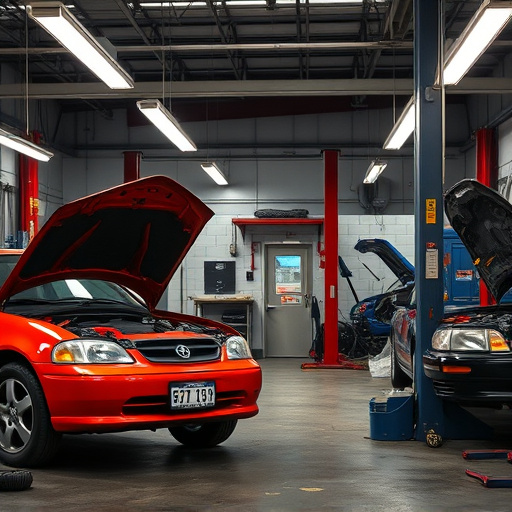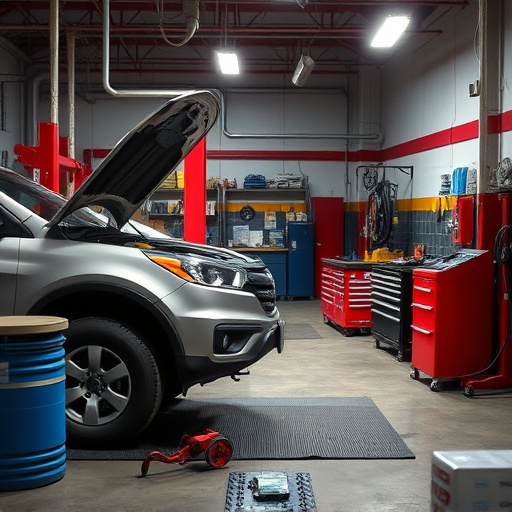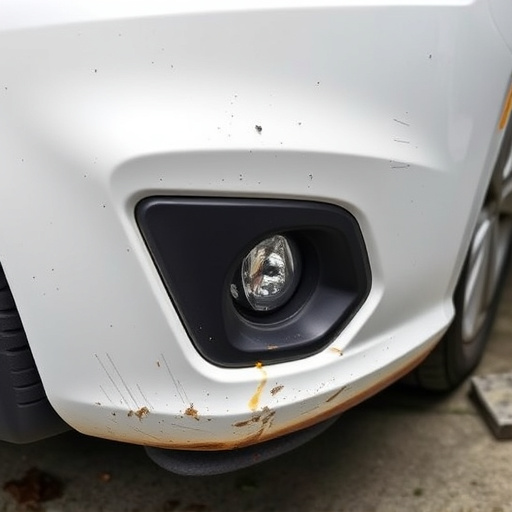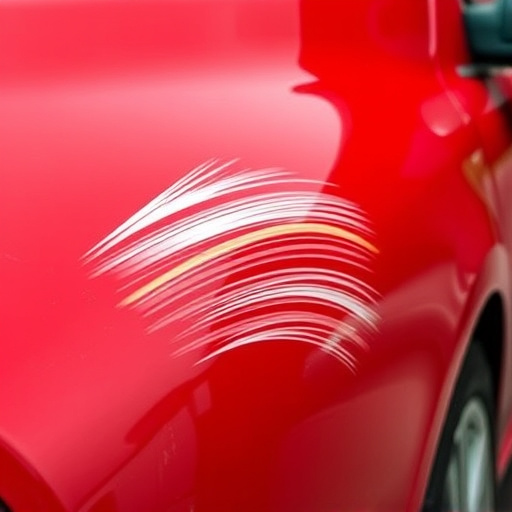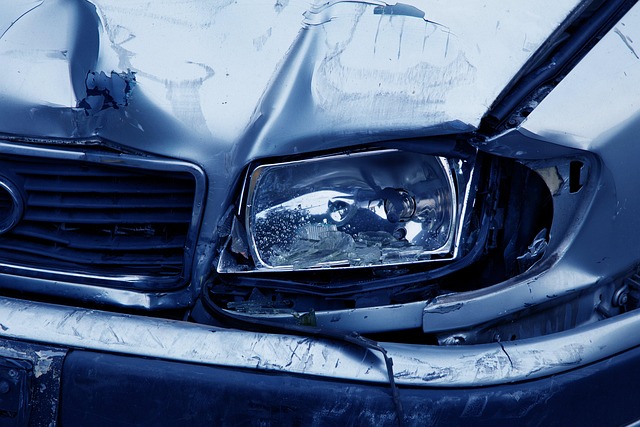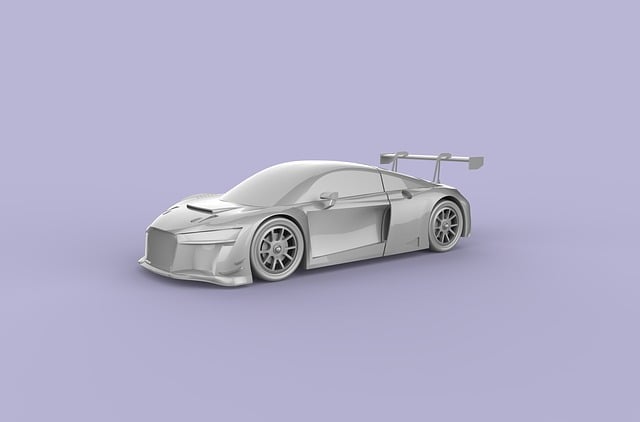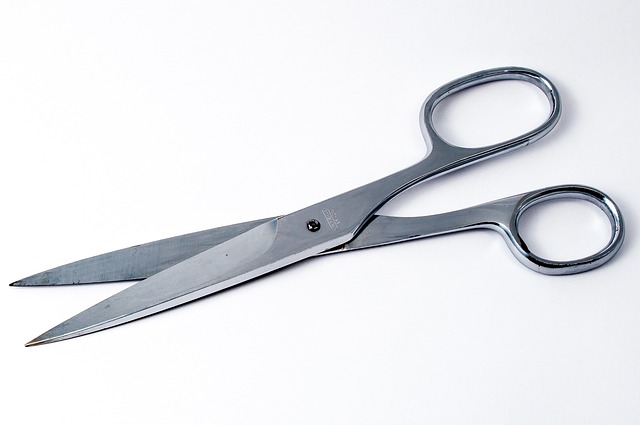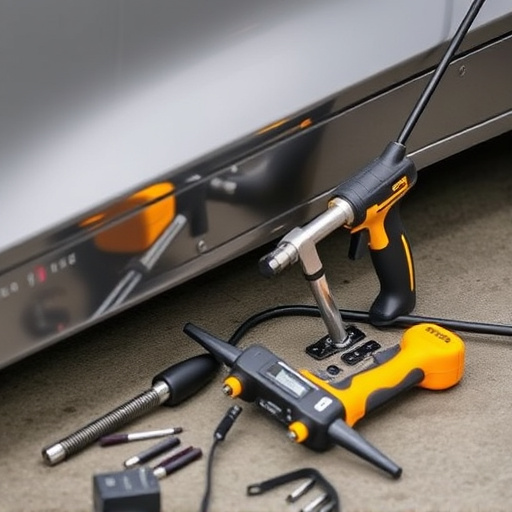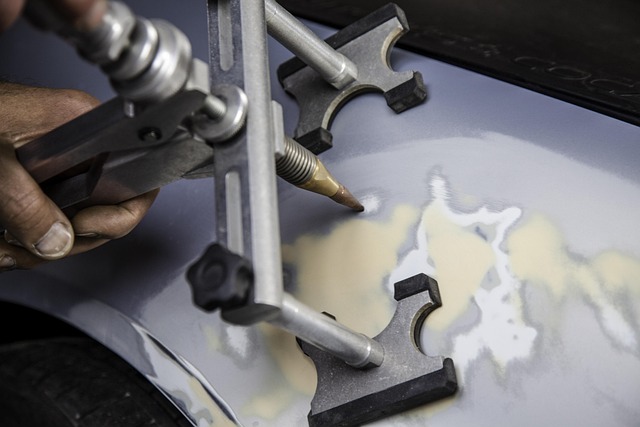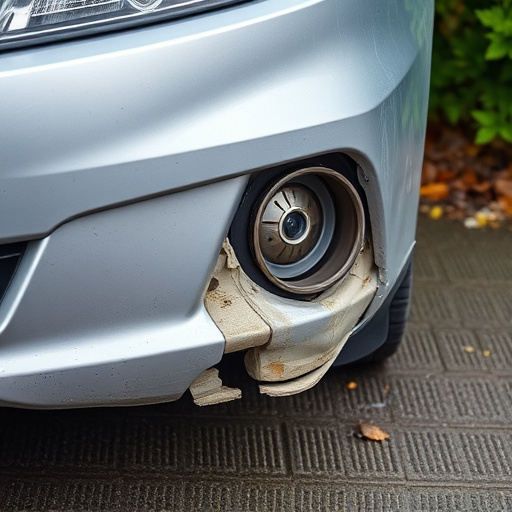ADAS Recalibration Glass is a specialized automotive glass designed to optimize Advanced Driver Assistance Systems (ADAS) performance, especially in low-light conditions. By minimizing light interference and managing transmission/reflection, it enhances visibility and safety for features like adaptive cruise control, lane-keeping assist, and automatic emergency braking. Proper installation post vehicle collision repair is crucial, while regular maintenance checks, including bumper repairs, help preserve sensor precision and ensure safer night driving.
“In the realm of modern automotive safety, Advanced Driver Assistance Systems (ADAS) play a pivotal role. Among its many tools, ADAS recalibration glass emerges as a game-changer for night driving. This innovative technology ensures optimal performance of ADAS features like adaptive cruise control and lane keeping under low-light conditions. By understanding the functionality and advantages of ADAS recalibration glass, drivers can enhance their safety on the road, especially during the darker hours. This article explores these aspects in detail.”
- Understanding ADAS Recalibration Glass and Its Functionality
- Advantages of Using Recalibration Glass for Night Driving
- Safety Considerations and Best Practices for ADAS Calibration
Understanding ADAS Recalibration Glass and Its Functionality

ADAS recalibration glass is a specialized type of automotive glass designed to play a crucial role in advanced driver-assistance systems (ADAS). This innovative technology goes beyond traditional vehicle repair and auto frame repair, offering a precise solution for maintaining optimal sensor performance. When night driving becomes more prevalent, the need for accurate ADAS recalibration becomes essential.
The functionality of this glass lies in its ability to minimize light interference, ensuring that sensors like cameras and LiDAR work effectively during low-light conditions. By managing light transmission and reflection, it allows for enhanced visibility and safer driving. This is particularly important as many modern vehicles rely heavily on ADAS features, which can include adaptive cruise control, lane-keeping assist, and automatic emergency braking—all vital safety measures that depend on accurate sensor data, especially in challenging weather and lighting conditions.
Advantages of Using Recalibration Glass for Night Driving

The use of ADAS recalibration glass is a significant advancement in enhancing safety for night drivers. This specialized glass plays a crucial role in maintaining the accuracy and effectiveness of Advanced Driver Assistance Systems (ADAS) during low-light conditions. By providing precise optical alignment, it ensures that features like adaptive cruise control, lane departure warning, and automatic emergency braking function optimally, reducing the risk of vehicle collisions. This is particularly vital in nighttime driving, where visibility can be severely limited compared to daytime conditions.
Recalibration glass offers several advantages for drivers and vehicle owners. It helps in minimizing false alerts from ADAS sensors, which can occur due to inconsistencies in glass alignment over time. This reduces the chances of driver distraction or frustration caused by constant system adjustments. Moreover, it aids in preserving the overall performance and efficiency of the car’s safety systems, contributing to a smoother ride without compromising on critical functions. For those seeking vehicle collision repair or car body repair services, ensuring proper ADAS recalibration glass installation is essential for restoring optimal driving aid capabilities post-repair.
Safety Considerations and Best Practices for ADAS Calibration

The safety of night driving heavily relies on Advanced Driver Assistance Systems (ADAS) functioning accurately. ADAS recalibration glass plays a crucial role in ensuring these systems remain precise and reliable. Regular calibration is essential as environmental factors like temperature changes, age of components, and even minor collisions can impact the performance of sensors such as cameras, LiDAR, and radar. These sensors are integral to features like adaptive cruise control, lane departure warning, and automatic emergency braking, which significantly reduce the risk of accidents at night when visibility is poor.
When conducting ADAS recalibration, best practices must be followed for optimal results. This includes using specialized equipment designed for the task and adhering to manufacturer guidelines. It’s recommended to seek services from a reputable auto repair shop or car restoration center with experienced technicians who have knowledge of the latest calibration techniques. Regular maintenance checks, including bumper repair if necessary, can also help identify potential issues early on, ensuring your ADAS system remains in top condition for enhanced safety on the road, especially during night driving conditions.
ADAS recalibration glass plays a pivotal role in enhancing night driving safety by ensuring accurate sensor performance. Its advantages are multifaceted, from improving the effectiveness of adaptive cruise control and lane keeping systems to mitigating potential errors caused by varying environmental conditions. However, proper safety considerations and best practices, such as regular calibration and maintenance, are essential to maximize its benefits. By understanding and adhering to these guidelines, drivers can leverage ADAS recalibration glass effectively, contributing to a safer and more secure driving experience under low-visibility conditions.

